Eight of Europe’s best road trips to try in your lifetime
Scenic routes for seeing the Continent by car
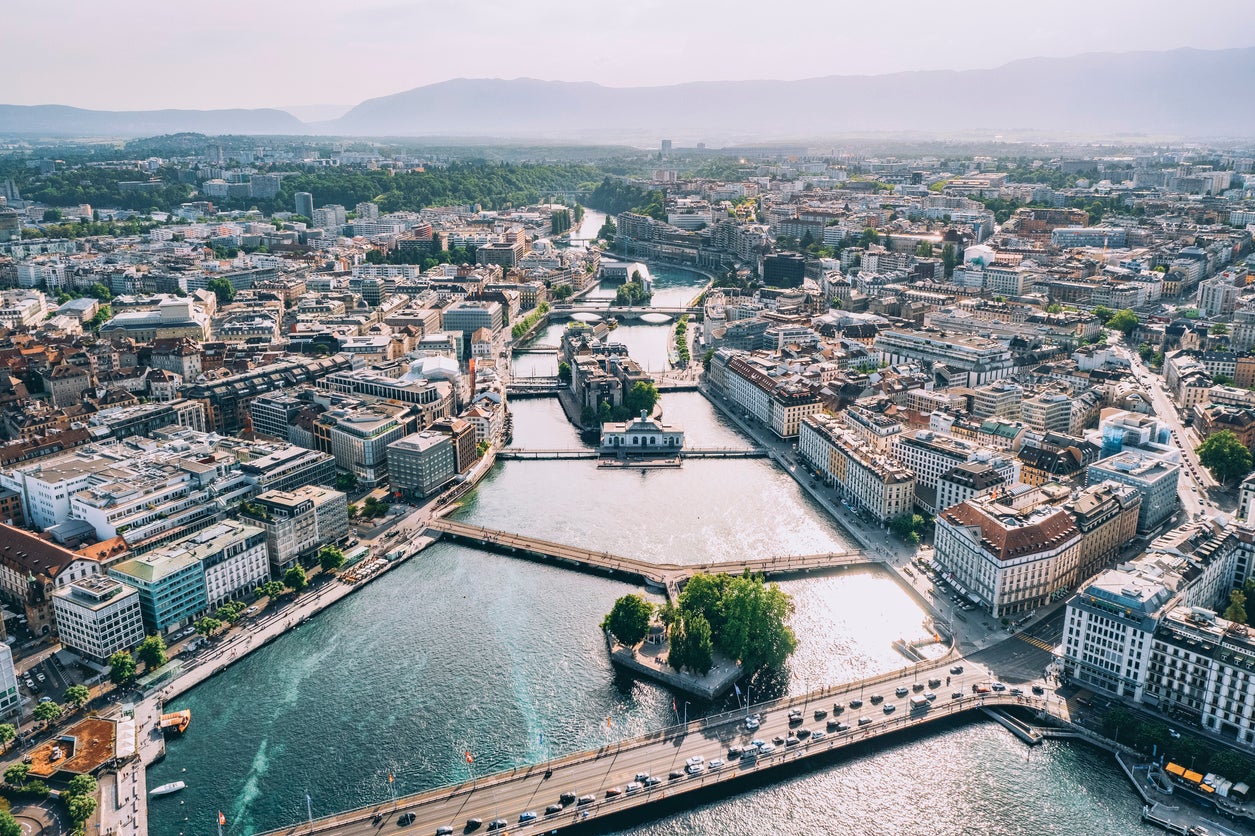
Your support helps us to tell the story
From reproductive rights to climate change to Big Tech, The Independent is on the ground when the story is developing. Whether it's investigating the financials of Elon Musk's pro-Trump PAC or producing our latest documentary, 'The A Word', which shines a light on the American women fighting for reproductive rights, we know how important it is to parse out the facts from the messaging.
At such a critical moment in US history, we need reporters on the ground. Your donation allows us to keep sending journalists to speak to both sides of the story.
The Independent is trusted by Americans across the entire political spectrum. And unlike many other quality news outlets, we choose not to lock Americans out of our reporting and analysis with paywalls. We believe quality journalism should be available to everyone, paid for by those who can afford it.
Your support makes all the difference.Europe offers a vast array of cities, attractions and natural wonders; but outside its metropolises, some of the continent’s most beautiful landscapes are easily missed if you just fly in and out.
From the dramatic coasts of Ireland to the waterfall-pocked inlands of Iceland, from the German Alps to the banks of the Danube, some of Europe’s highlights are best viewed by taking the time to pass through them.
As well as giving travellers access to our neighbours’ best bits, road trips also enable visitors to wrap several different regions into one trip; and, with the absence of land border checks between Schengen countries, it’s usually easy to travel around much of the continent without encountering unnecessary red tape.
Numerous bucket-list road trips await just a quick hop over the Channel, offering the chance to sample several destinations or even countries in a cheaper and more efficient way.
Whether you want to traverse the length of Portugal or see the best cities along the Croatian coast, there’s a trip for you; we’ve rounded up some of the best below.
Wild Atlantic Way, Ireland
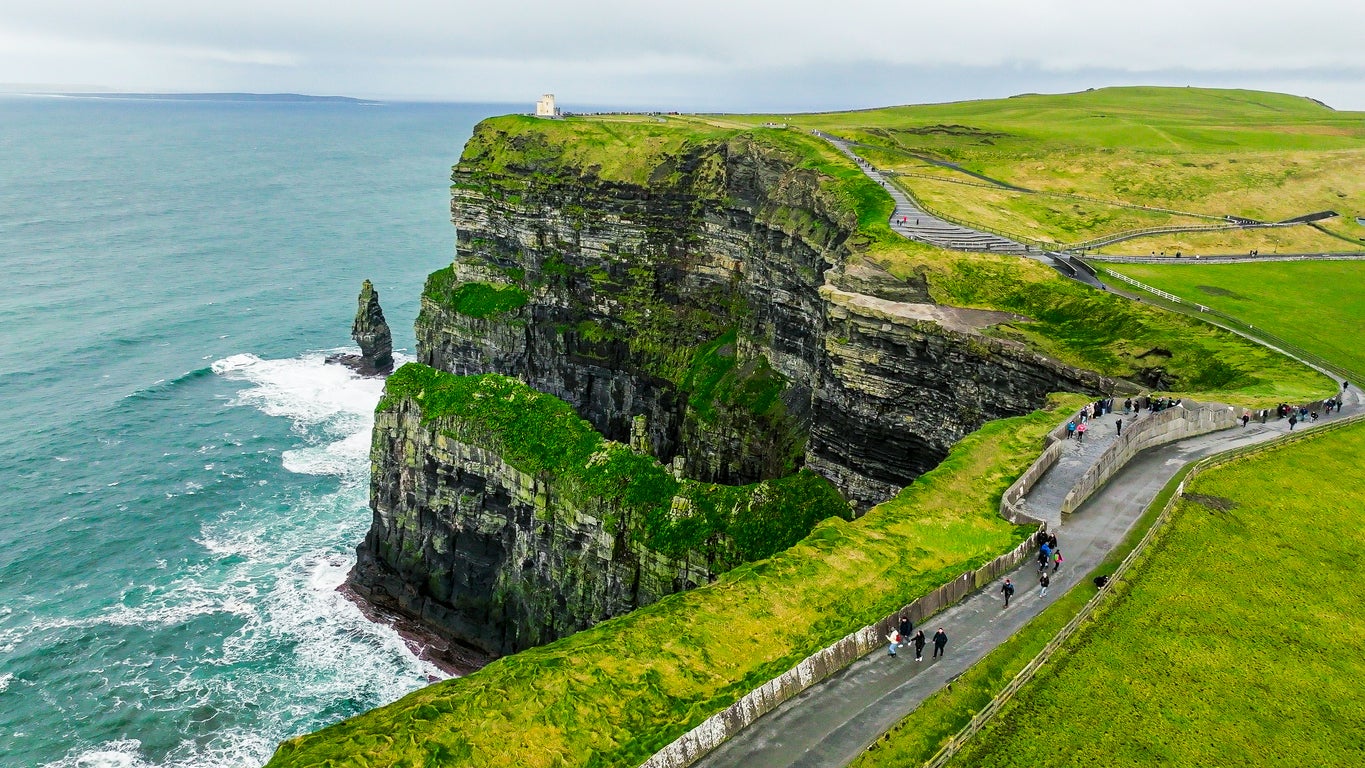
Considering that you can drive from the far north of Ireland to the far south in around eight hours, you’d be forgiven for not believing that the country contains a winding coastal route that is 1,600 miles long. However, the Wild Atlantic Way is just that; 2,600 kilometres of coastal road that stretches from the Inishowen Peninsula in the north to Kinsale in the south. The Way is divided into 14 stages, with notable (potential) stops in Donegal Town, Galway, Kilkee and West Cork, among others.
Along the way you’ll see some of Ireland’s most stand-out scenery and important natural landmarks. Beaches are in abundance, with Tulland Strand and Barleycove Beach among some of the finest on the route. Other natural highlights include the Slieve League Coast (home to some of the highest sea cliffs in Europe), the Erris section, (characterised by spectacular rock formations such as Downpatrick’s Head) and the Cliffs of Moher (one of the country’s most-visited sites). The city highlights are Galway and Cork, before finishing in Kinsale, a charming harbour town with colourful storefronts.
Rome to Naples (via the Amalfi Coast), Italy
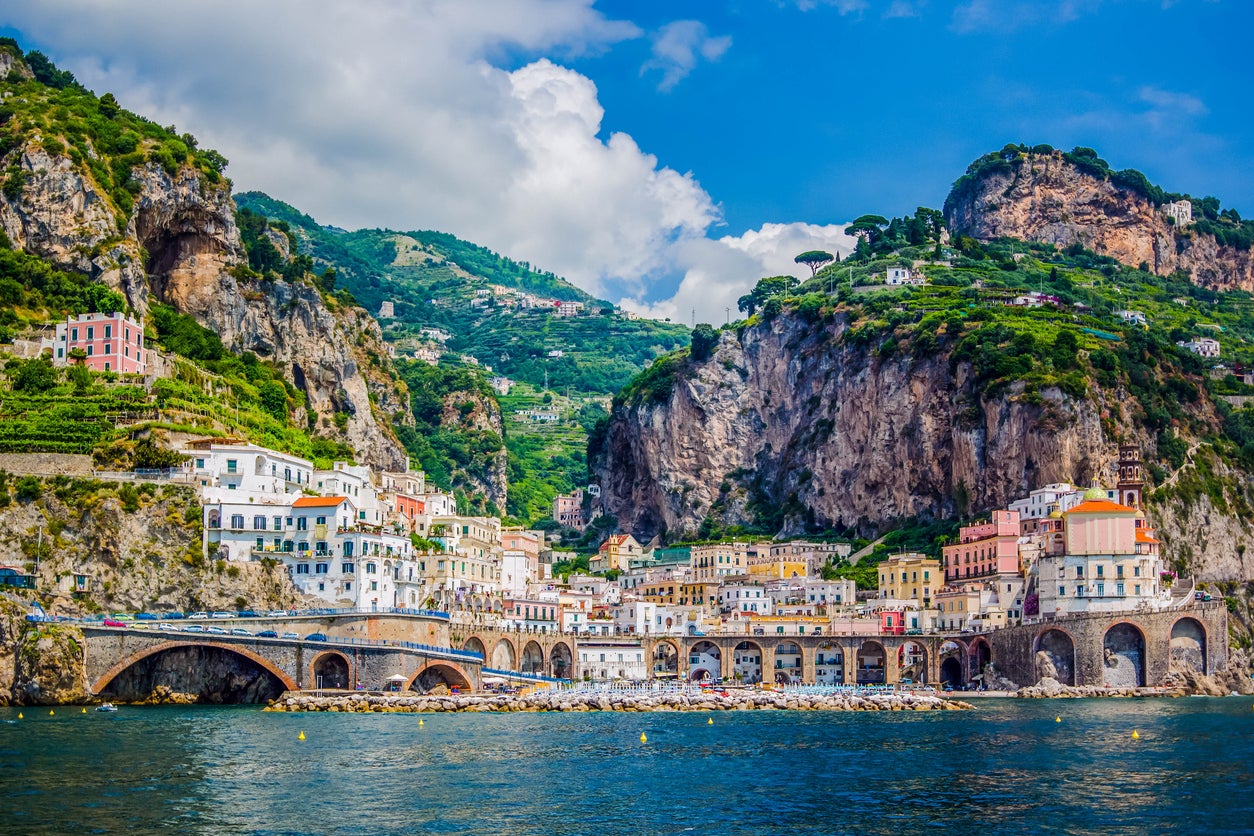
The roads that wind around the Amalfi Coast are some of the most picturesque in the whole of Italy. However, the distance – even if you hug the coast rather than use the Amalfi Drive road – is only a few hours of driving, so it fits better as a part of an itinerary. For a longer trip, begin in Rome and head to Naples via the coast; you’ll witness all the amazing views while also getting an in-depth look into two of the country’s most important cities. After at least a couple of nights in the Eternal City, drive straight to Salerno, an ancient port city just southeast of Naples.
After some time in Salerno, you’ll want to set off towards Pompeii. While the site of one of history’s most famous tragedies is only 30 minutes away by car, take the long route that hugs the Amalfi Coast. You’ll head towards Cetara, before continuing along the coast to places such as Ravello, Torca or Castellammare di Stabia. This circuit is only 75 miles of driving, but it takes over four hours (a testament to its winding coastal roads).
The time should be split over several days; you can easily stay in towns like Positano, Sorrento and Amalfi for two days each, so the choice of where to go before Pompeii is up to you. When you’re done with the frozen-in-time ruins, Naples is only another 30 minutes away.
Read more on Europe travel:
Iceland Ring Road, Iceland
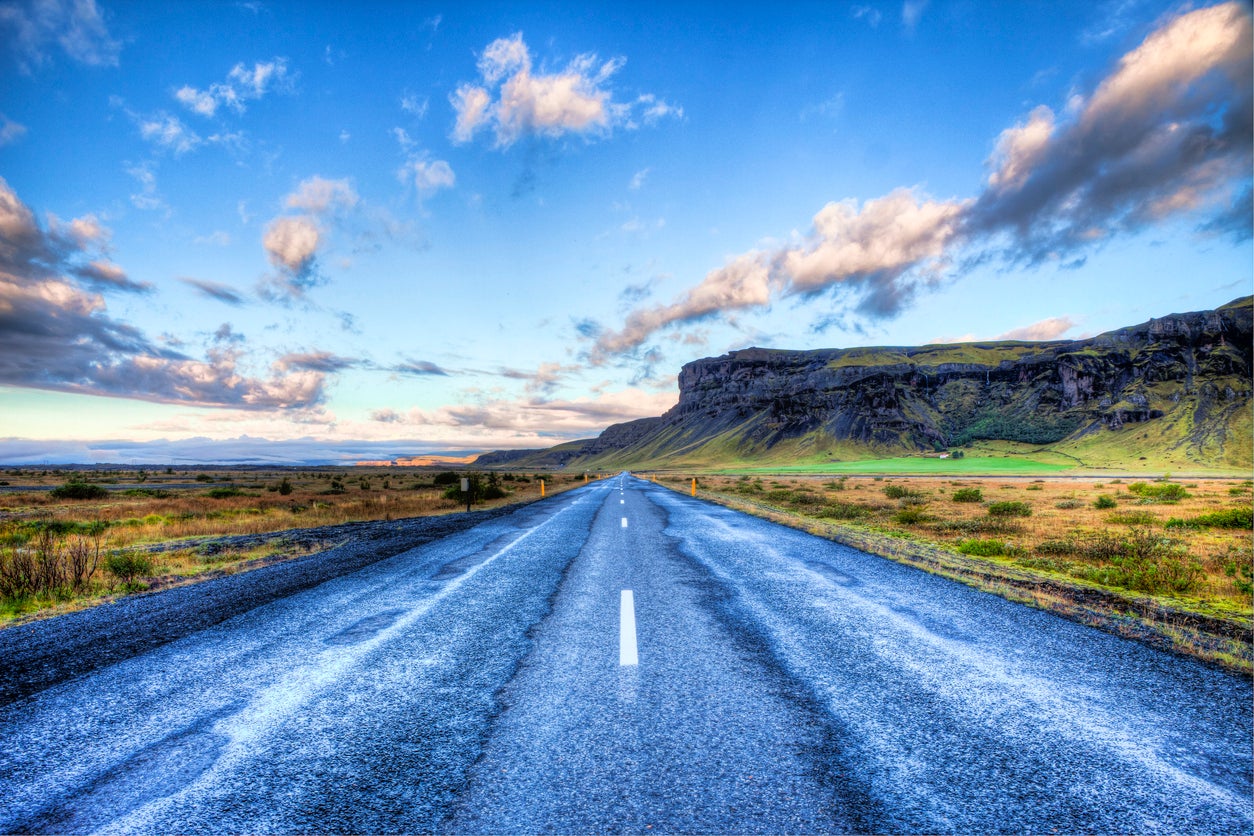
Iceland’s ‘ring road’, officially known as Þjóðvegur 1, is an 820-mile route that begins and ends in the capital, Reykjavik. While it is primarily a major route for transporting goods, it has become well-used by tourists who want an easy way to see several of the country’s most impressive natural sites, as well as cities including Akureyri. It’s mainly an inland road, though it covers portions of the coast in the south and southeast of the country. It should take around seven days if you want to take in the majority (this is the time taken on organised tours though, with opportunities to see waterfalls, glaciers, mountains and even the aurora borealis, you may want to extend your trip).
Main sights on the Ring Road include the Thingvellir National Park, the Seljalandsfoss and Skógafoss waterfalls, the Jokulsarlon glacier lagoon, the Dyrholaey cliffs and a host of other natural landmarks. Your evenings are best spent in towns and cities – Reykjavik deserves a couple of nights at least – while there are also expeditions to see the Northern Lights if you visit at the right time.
Dubrovnik to Pula, Croatia
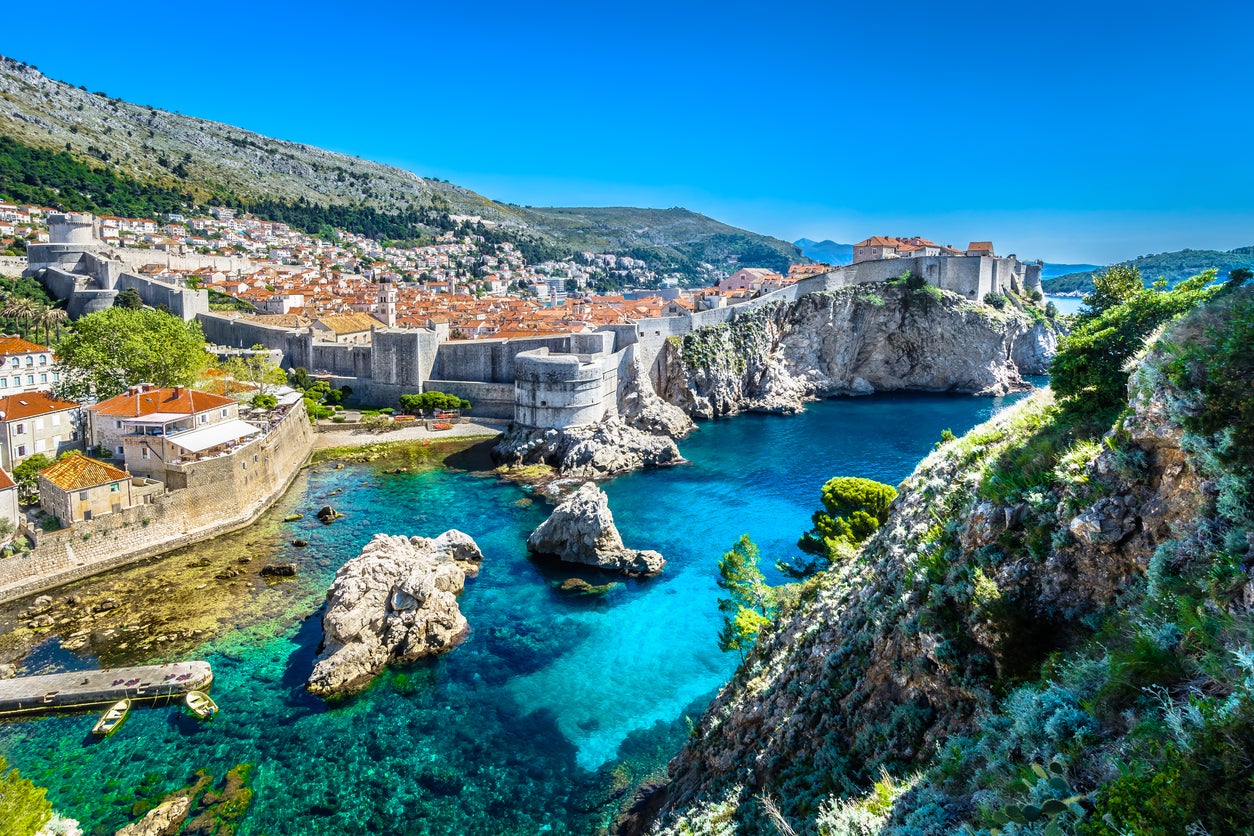
This route (roughly 465 miles long) takes in a large section of the Croatian (and Dalmatian) coast, and where better to start than the medieval walled city of Dubrovnik. Characterised by its limestone-paved squares and Gothic and Baroque architecture, the Old Town (a Unesco Heritage Site) is home to cobbled streets lined with dozens of restaurants, bars and cafes, while the surrounding coast has several beaches to give you a relaxing start to your trip.
Your first stops will likely be Split – just over two hours away – and then Zadar, two Venetian- and Roman-influenced port cities. Rijeka and Pula are sensible choices for the last stops on your journey; Pula is home to a well-preserved Roman amphitheatre and temple that reflect its proximity to Italy, and if you fancy it you could even extend your trip with a three-hour drive (or three-and-a-half-hour ferry journey) from here to Venice.
Bilbao to Menton, France
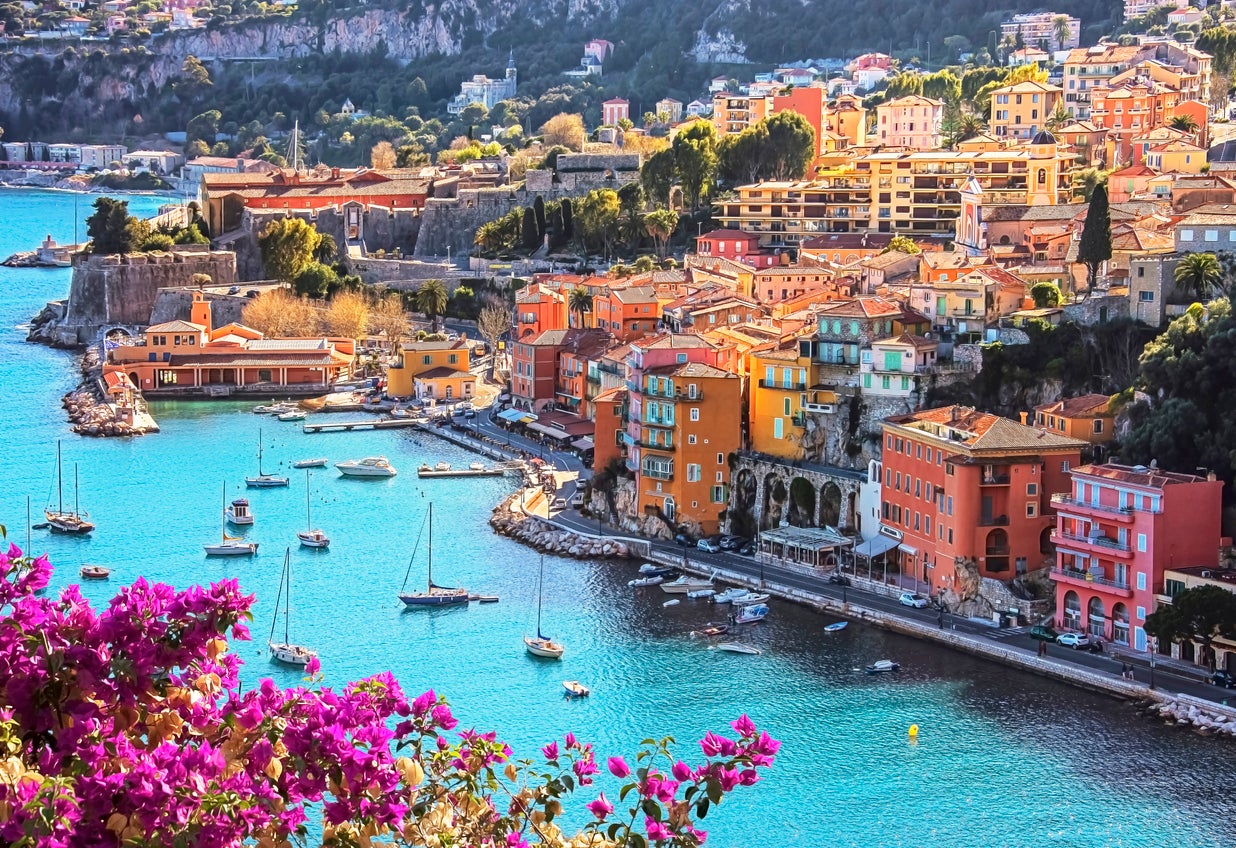
This route starts in Bilbao on the northern coast of Spain, crossing through southern France just above the Pyrenees and finishing on the southern Riviera coast. The Spanish section is short but sweet; as well as experiencing Bilbao’s laid-back, Basque hospitality, you’ll get to sample San Sebastian’s beaches and world-renowned cuisine before crossing the border into Biarritz. Your next destination will likely be the terracotta-clad Toulouse, before carrying on to Montpellier or Marseille (or both). Both Avignon and Aix-en-Provence lie before Marseille, and while each are worth visiting in their own right, you would be ill-advised to skip France’s second city.
Nice is the final city on the route, and it is here in the capital of the Riviera that dramatic coastal views return to the journey. From here you can follow any of the three ‘Corniches’ cliff roads; the 18-mile ‘Corniche Inferieure’ to Menton has the best destinations, with potential stops at Villefranche-sur-Mer, Monaco and Roquebrune-Cap-Martin.
Braga to Faro, Portugal
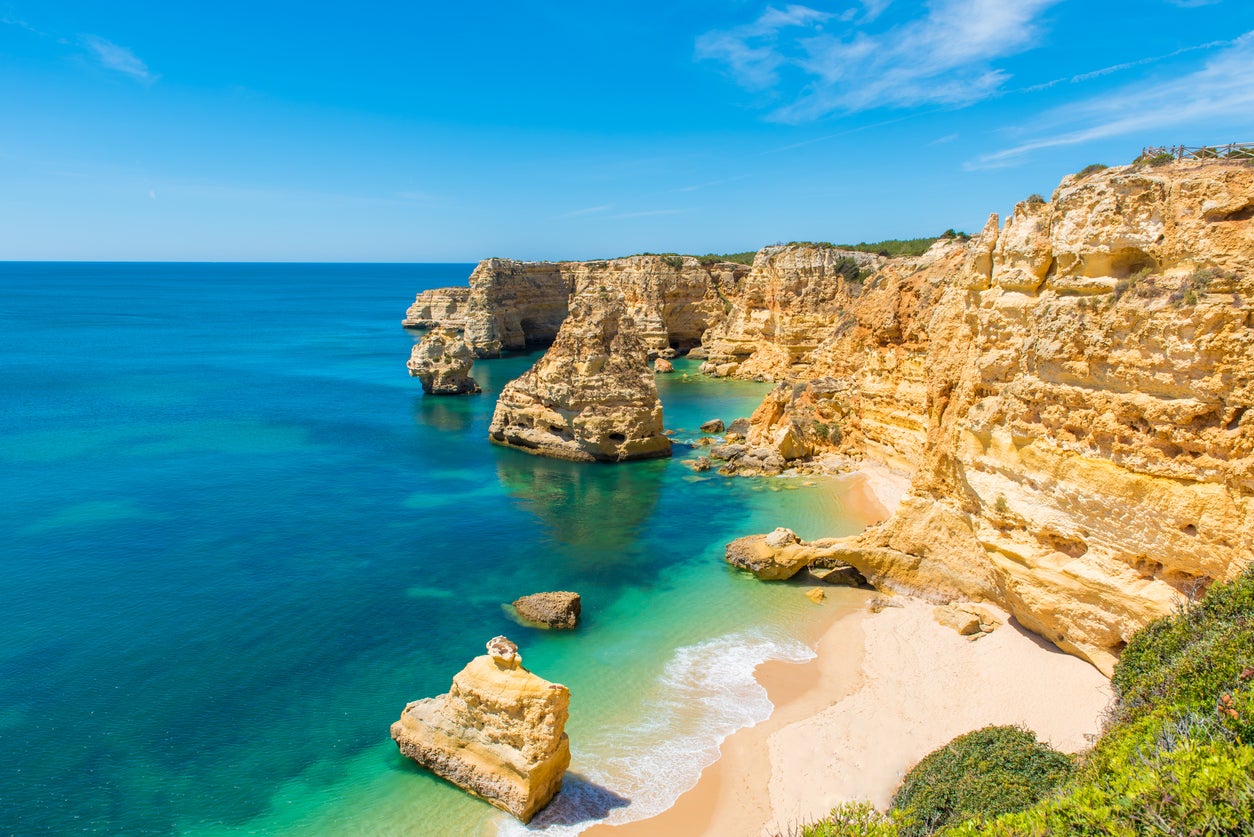
This journey clocks in at around 430 miles, with roughly seven hours of driving if you take the recommended routes. This may seem like a small amount, but Portugal’s variety of must-see places will quickly eat up your time. Braga, a lively university city, is the starting point, but Porto is the first notable stop on your Portuguese odyssey. Set along the banks of the Douro River and climbing up the hills, Porto is surprisingly accessible and affordable considering its status as Portugal’s second city; enjoy some time relaxing by the river or crossing over its bridges to get a panoramic view of the city.
On leaving Porto, you’ll travel towards Lisbon. You may want to take a day in between to stop in Aveiro, Portugal’s answer to Venice. When you tire of its network of canals and streets lined with colourful buildings, carry on to the capital, where you’ll need at least two nights to visit its range of culinary and cultural attractions.
As you tire of busy cities, you’ll be glad to head towards the Algarve. Long stretches of white sand and sea will greet you there, as well as plenty of opportunities to enjoy nightlife in towns such as Albufeira and Faro.
Vienna to Belgrade
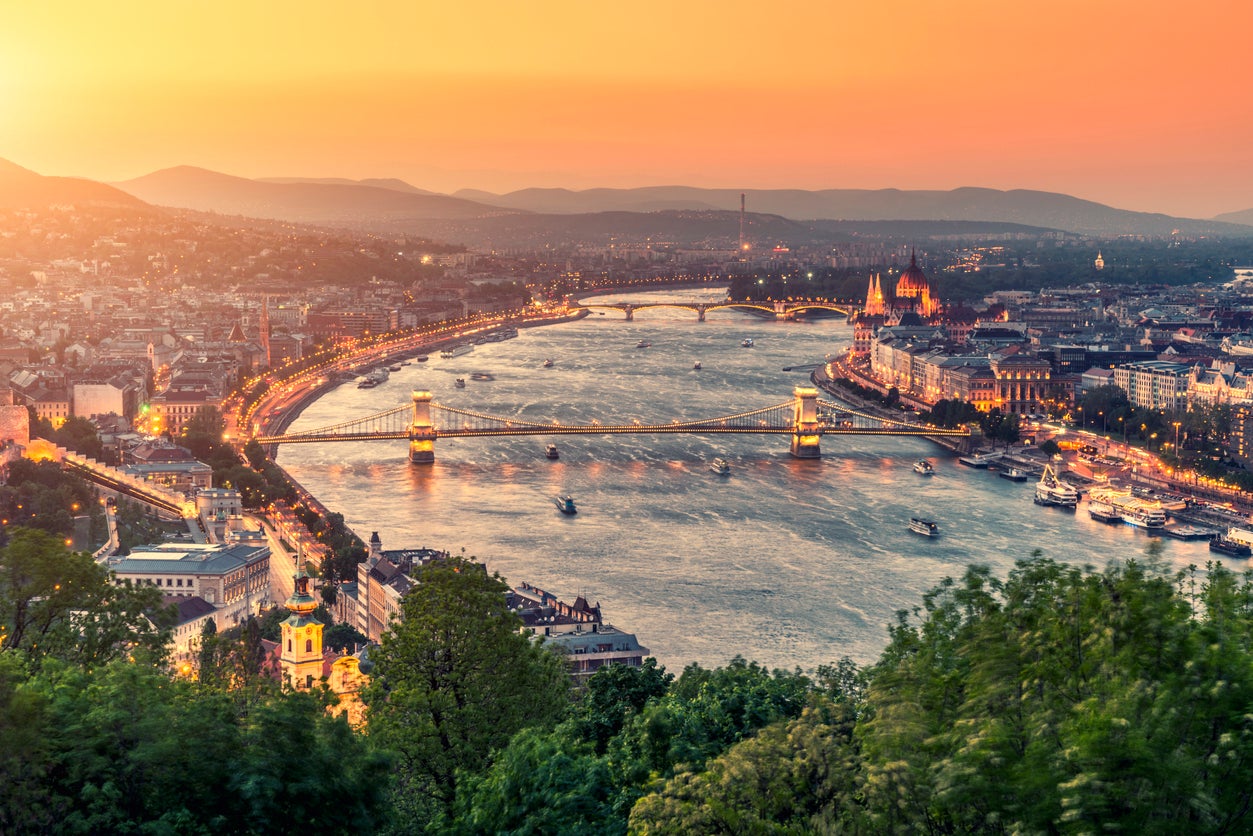
This 380-mile route along the Danube is centred around three cities – Vienna, Budapest and Belgrade – but can be extended by either starting in Prague (an extra 205 miles) or heading to Zagreb after Belgrade (another 245 miles). It starts in the Austrian capital; after spending a few days in the opulent city, you’ll quickly enter northern Hungary before reaching the town of Gyor, a Baroque city that serves as the ‘capital’ of the north of the country. From here, you can head to Budapest straight away or follow the Danube more closely to the city of Komarom, which sits opposite the Slovakian town of Komarno. Budapest is only one hour further on.
After visiting the Széchenyi thermal baths and Buda Castle, taking a river cruise along the Danube and snapping some photos of the country’s Parliament Building, you can leave Budapest in the direction of Belgrade (potential stops along the way include the Hungarian town of Kecskemet or Subotica and Novi Sad in Serbia).
The Serbian capital is a lively and vibrant city, with drastically varied architecture shaped by a long history that includes Habsburg and socialist influences and more recent Nato bombings during the Kosovo conflict of thee 1990s. The Old Town is the heart of the city; Knez Mihailova is the main street, where 19th-century buildings house a range of cafes, shops and stalls. Other attractions include the Kalemegdan Park and Fortress, the Savamala district and museums such as the National Museum of Serbia.
Vienna to Geneva (via Munich)
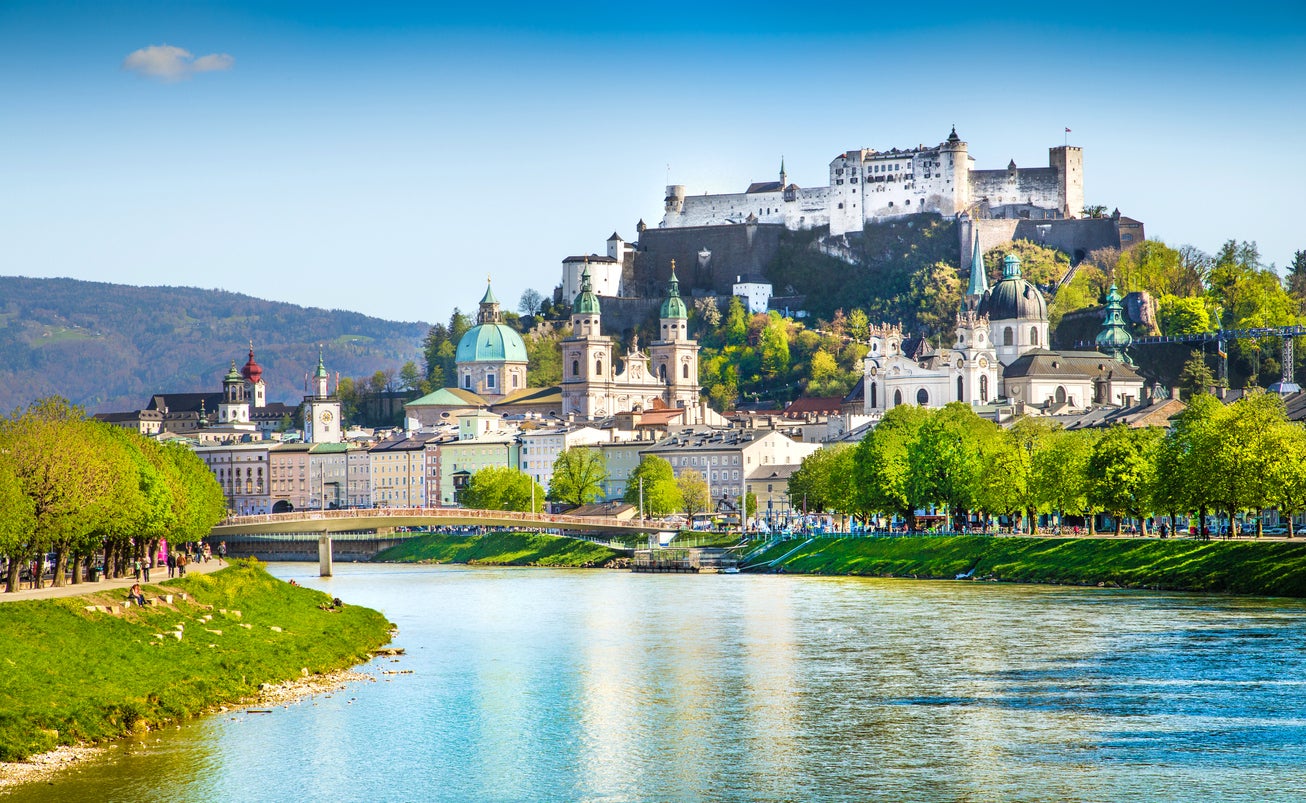
Another journey that starts in Vienna, this trip takes you west towards Germany and Switzerland on a 640-mile route that includes some of the most picturesque cities on the continent. The first stop is Salzburg, a scenic city backed by a section of the German Alps that also lies on the banks of the Salzach River. The Unesco-protected ‘Old City’ is the main part of the city, where you can find attractions including the birthplace of Mozart and the Hohensalzburg Fortress.
Munich will be your next destination. The Bavarian capital’s reputation precedes it due to its annual Oktoberfest celebrations. Instead of skyscrapers and towers, you can expect Gothic churches, 19th-century town squares and limestone city halls; instead of Berlin’s more modern, trendy atmosphere, on the whole you’ll experience more of the ‘traditional’ Germany. Kitsch culture is a good example, perfectly preserved in the form of cuisine and going-out habits that include visiting large beer halls, oompah bands and beer gardens.
Entering Switzerland, your first stop will be Zurich, where a bustling financial district blends with old-school charm to create a sophisticated lakeside destination. You’ll then move on to Bern, the small, idyllic Swiss capital surrounded by the Aare River. Both cities offer dozens of potential activities, including cruises along the water, several museums and walks through elegant districts, for example the Bahnhofstrasse or Bern’s Old Town.
Your last stop will be Geneva, the famous lakeside city that is now home to one of the UN’s four major offices. Another charming city that benefits from its lakeside location, take advantage of its numerous walks, viewpoints and squares before settling by the water for sunset.
Read our reviews of the best hotels in Europe
Join our commenting forum
Join thought-provoking conversations, follow other Independent readers and see their replies
Comments